
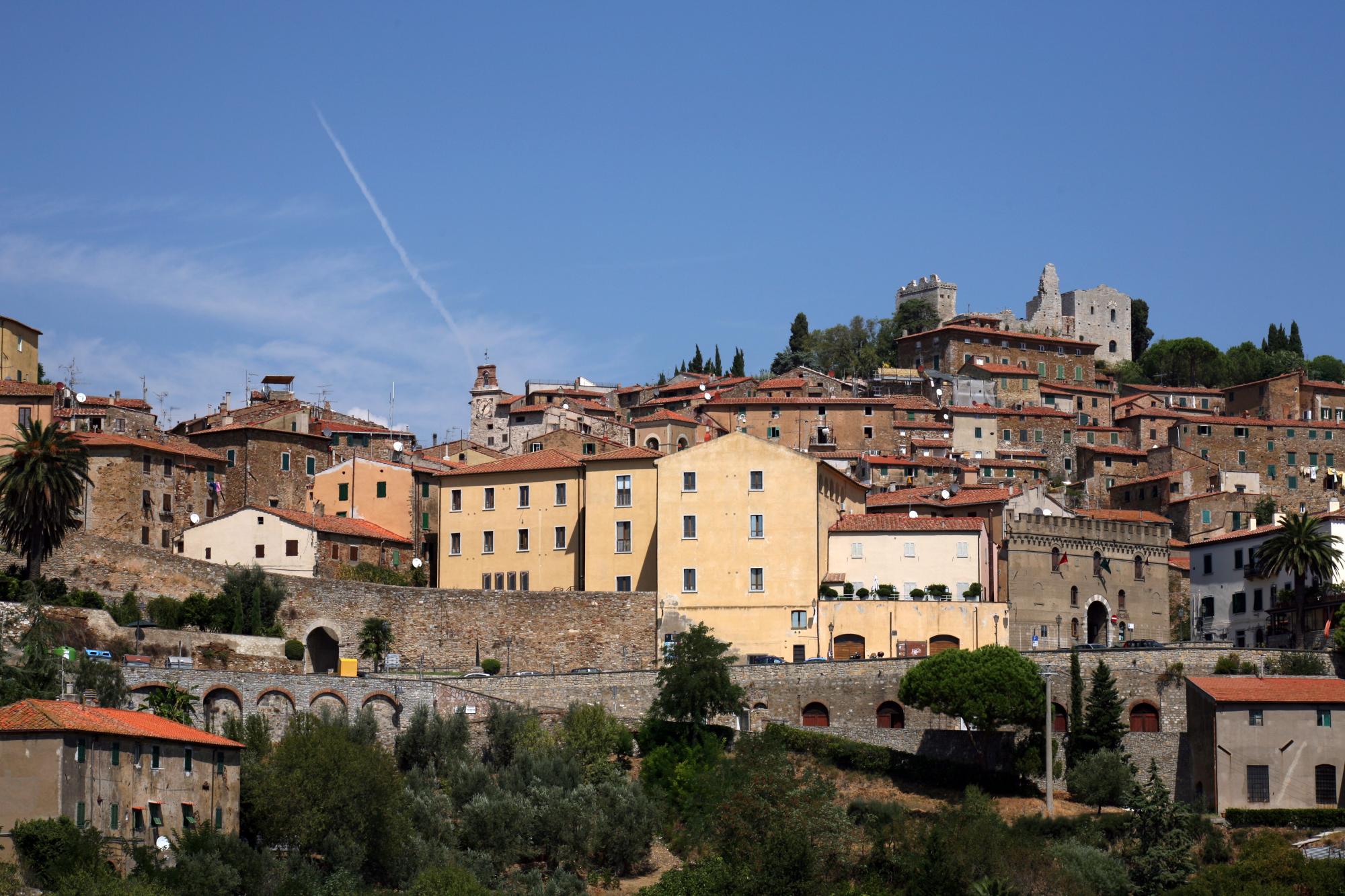
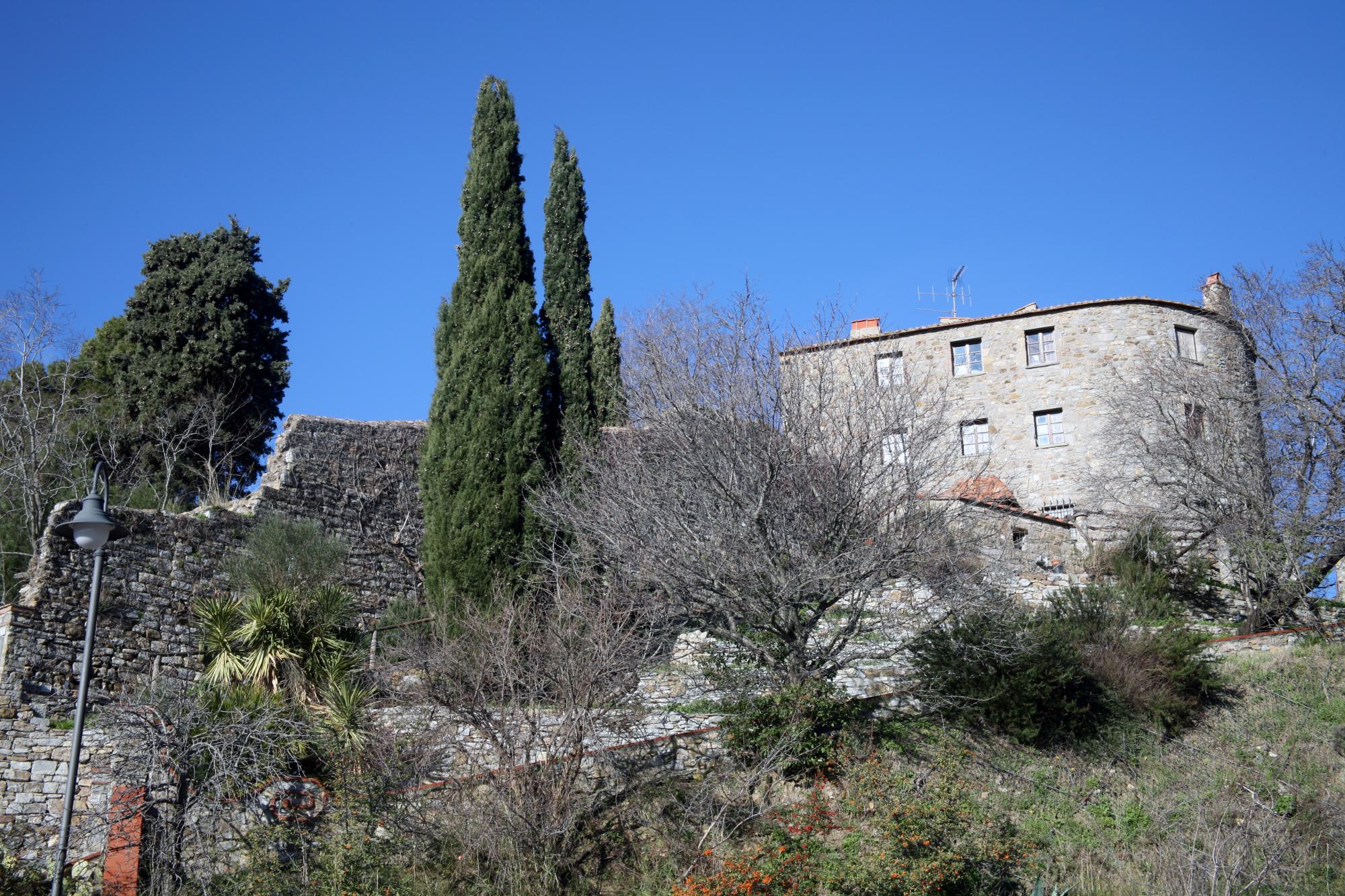

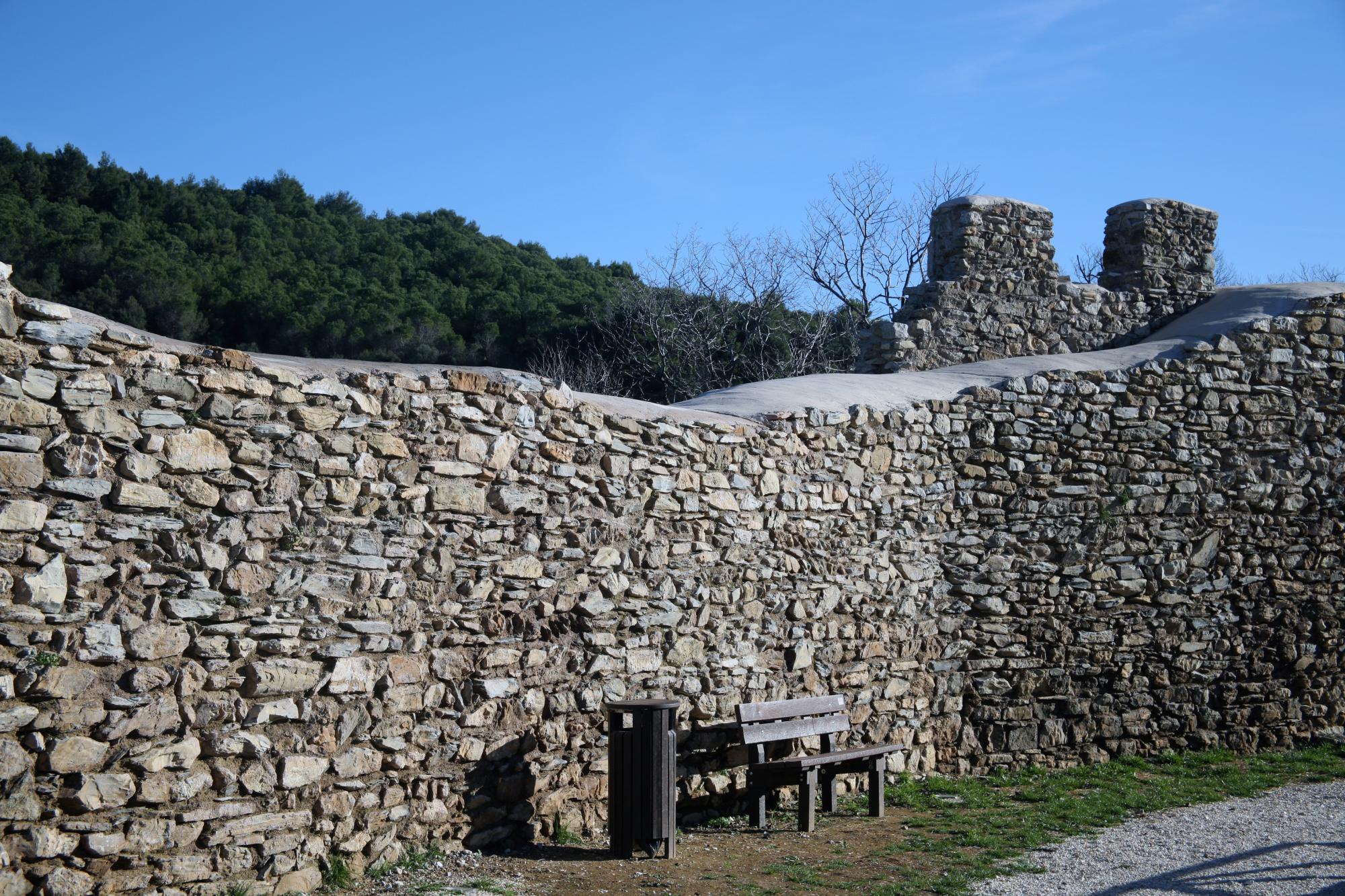
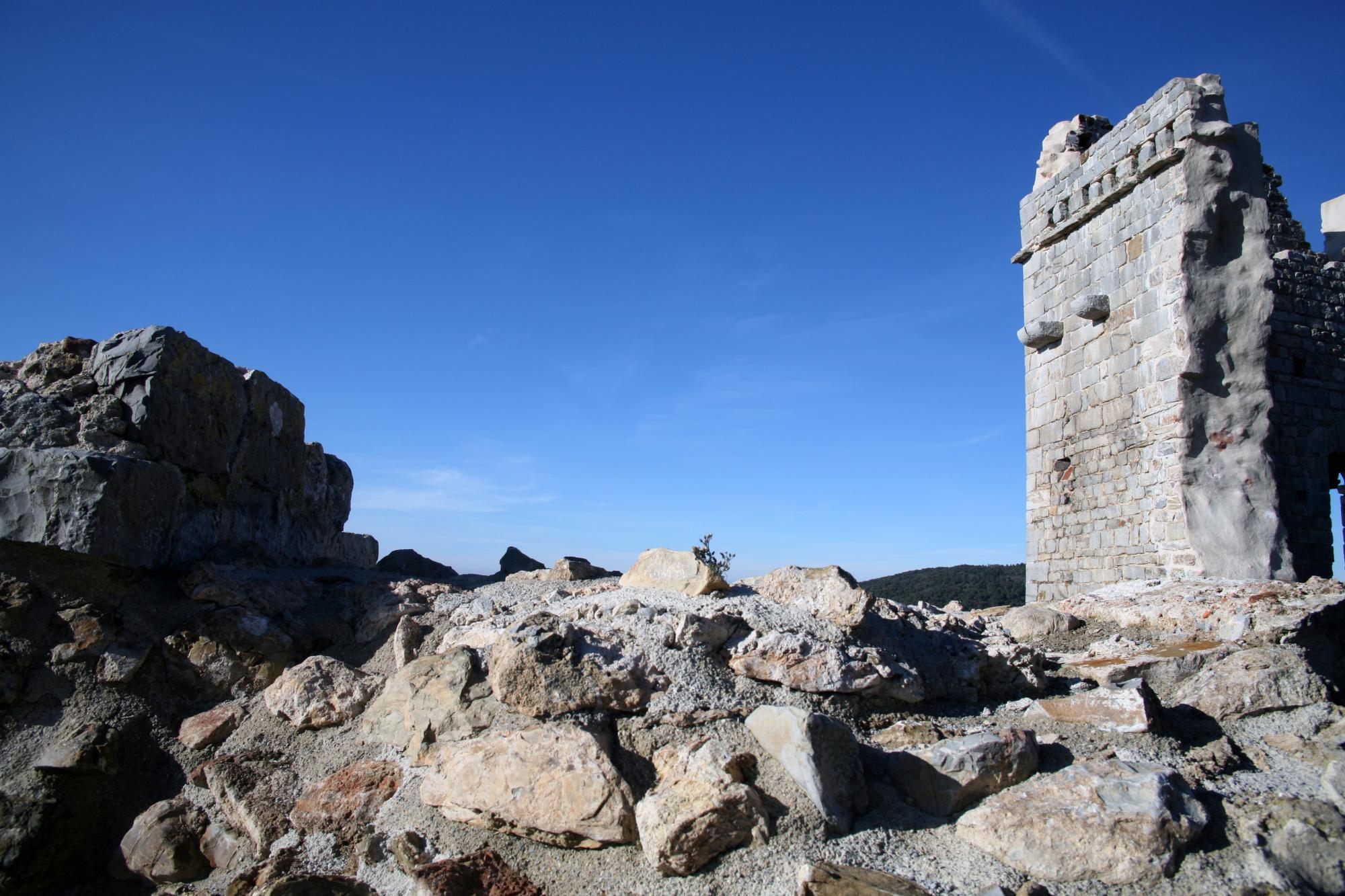

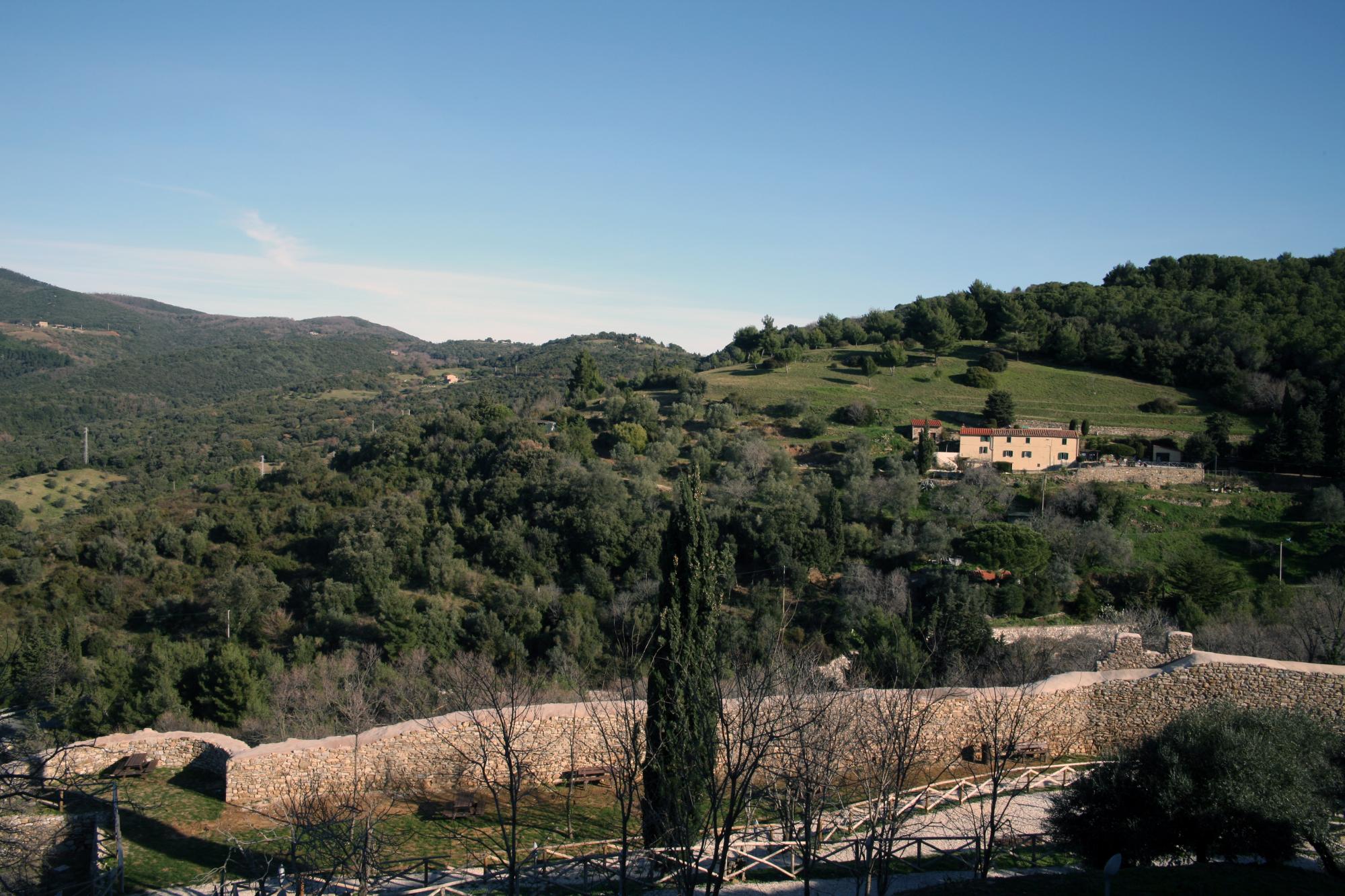

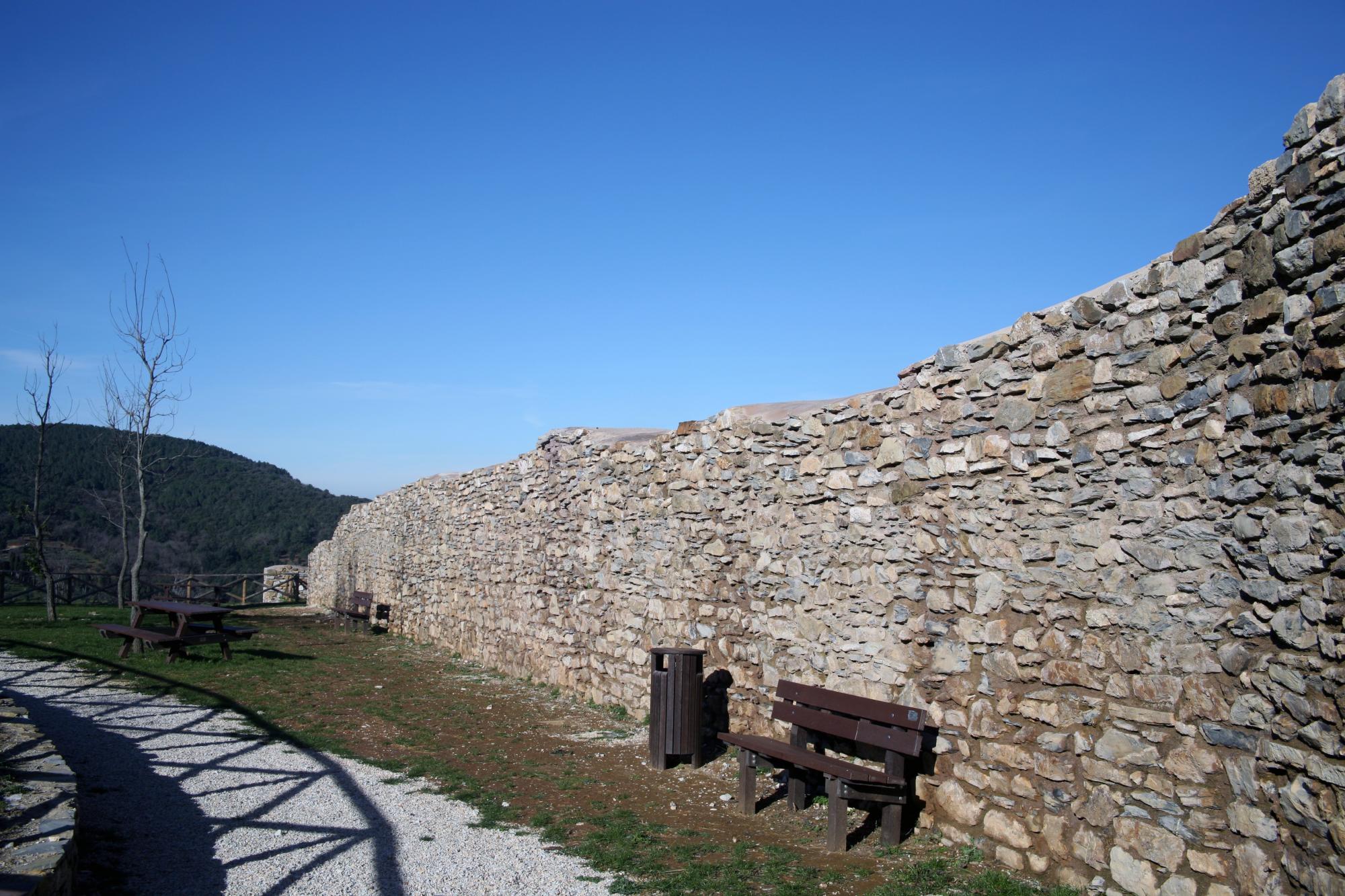

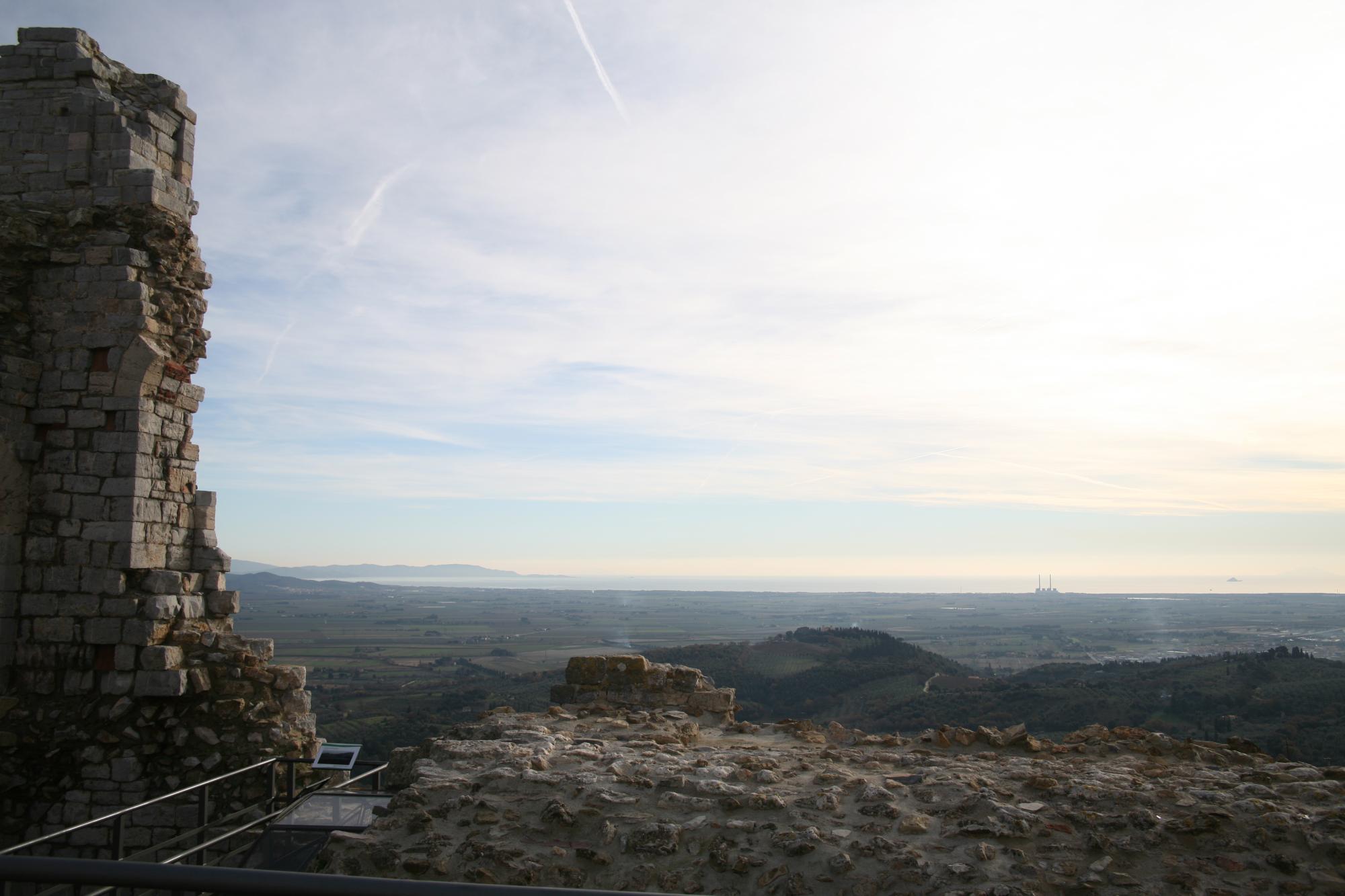
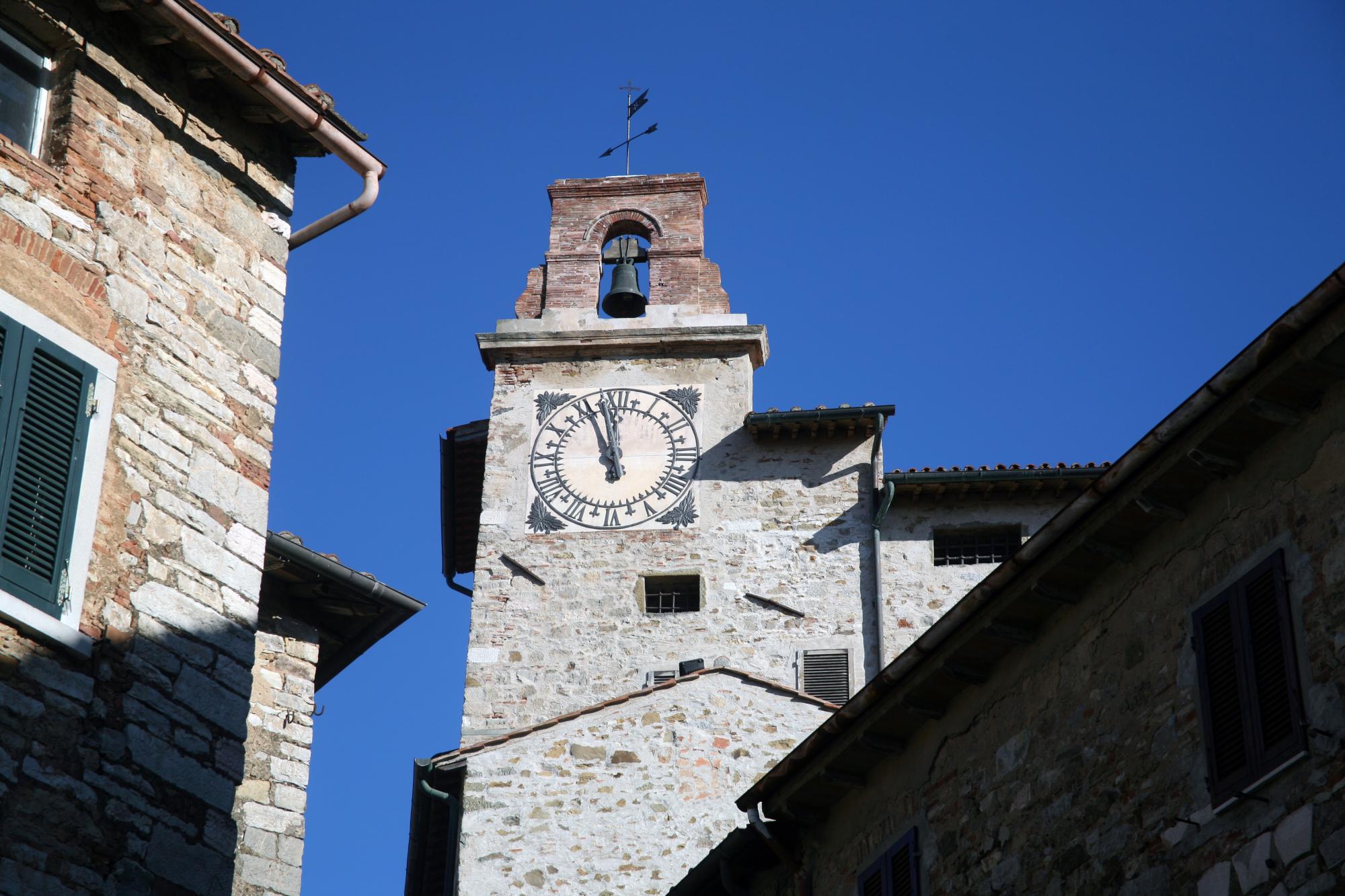


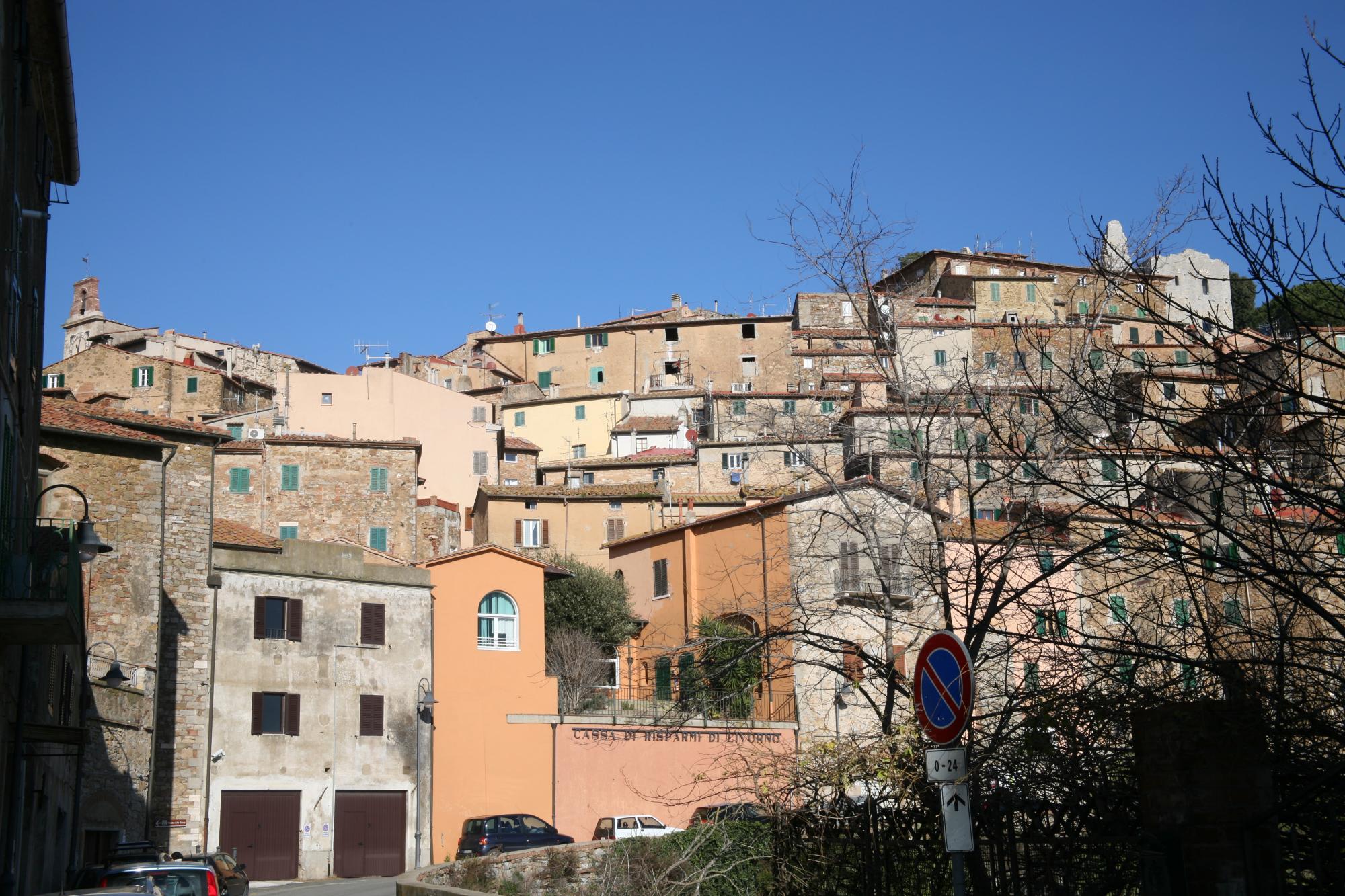

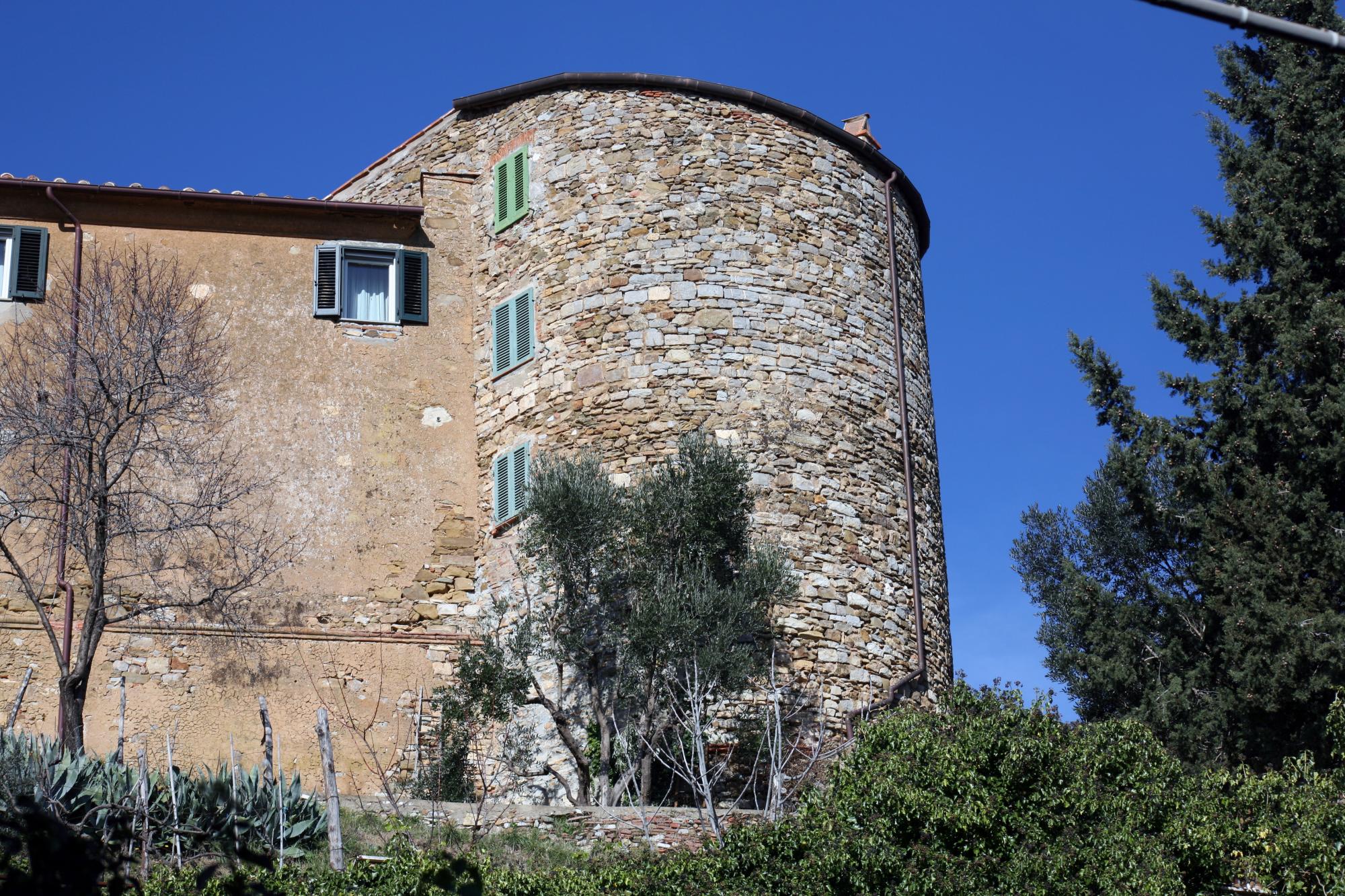


















How to reach
The territory of Campiglia Marittima occupies a part of the floodplain of the Cornia River and the last slopes of the metal bearing hills called the “Colline Metallifere” (Metalliferous Hills) and together with bordering municipalities forms the territory known as the Val di Cornia. The town rises 280 meter above sea level and can be reached easily from the SS1 Aurelia by the exit of the same name.
History
Campiglia Marittima, whose existence has been documented since the 11th century, is made up of a Rocca (Fortress) and a historic center, which together form a very interesting monumental complex but are further enriched by the presence of the important archeomineral park of San Silvestro just three kilometres away.
The Fortress, or rather, the combination of stone buildings present on the summit of the hill, are products of various phases of construction done between the 12th and the 14th century. Up until the end of the 1200’s Campiglia was the fief of an important branch of the noble family Della Gherardesca, principally responsible for the transformation of the original village of huts into a castle, which is how it was called for the first time in 1004. This part of the hill became the most inhabited part of the settlement, slightly off the summit and the terraces directly under the fortress, and soon had sturdy surrounding walls.
The stone architecture substituted the previous settlement made up of wooden huts which had been present on the site since at least the 10th century, when most of the inhabitants raised pigs. This occured in the 12th century following the Della Gherardesca’s strengthening of power when they became the Counts of Campiglia. The first building constructed was the massive tower, the Keep, which today is the seat of an archeological museum housing many object found onsite, while the building flanking it is the real palace. The strength of its economic power is best exemplified by a series of particular and very refined and costly architectural details, the work of extremely experienced craftsmen, probably sent from city building sites, almost certainly in Pisa. At the beginning of the 13th century, these buildings were flanked on their southwest side by a tall tower with a cistern and on the northwest by a another tower-like building which today no longer exists. At the end of the century up until the end of the 15th century, following disagreements between the Counts of Campiglia and Pisa, parts of the building were occupied by a garrison sent from the city. Following Florence’s conquest of these territories, the military contingent sent from Florence was much larger and occupied the fortress for the whole of the 16th century. From this period on, since Florence no longer had to fear attacks from Maremma families or municipalities, Campiglia gradually lost strategic importance and consequently began a military and economic decline. Its importance declined to the point that in 1664, the land inside the walls of the fortress was rented for agricultural purposes.
After centuries of abandon, the major damage to the structure, that which the war didn’t do, was caused by city works. In 1930-31 Campiglia needed a new aqueduct, and where would be the best place for it if not the highest point of the town? It’s a shame that in order to make a place for the new building, the Tower of the Cistern was practically destroyed and that which remains is only a part of the cistern in the southeast corner, and the palace, of which only its front faces the village, embellished by a splendid Romanesque double-arched window, has survived.
Between 1994 and 1999 the department of Medieval Archeology of the University of Siena has conducted a series of excavations, and in June 2008, after lengthy restoration and stabilizing works in the area around the fortress, a part that was purchased by the municipality (some of the land is privately owned) has been reopened to the public.
The whole village is enclosed by a stone wall, enlarged through the centuries, of which a large part is still preserved (in particular the front under the fortress) or at least can still be identified. The surrounding wall has three gates intact – the Porta Pisana, the Porta a Mare, and the Porta Sant’Antonio, besides having six rounded-shaped bastions from the late Middle Ages.